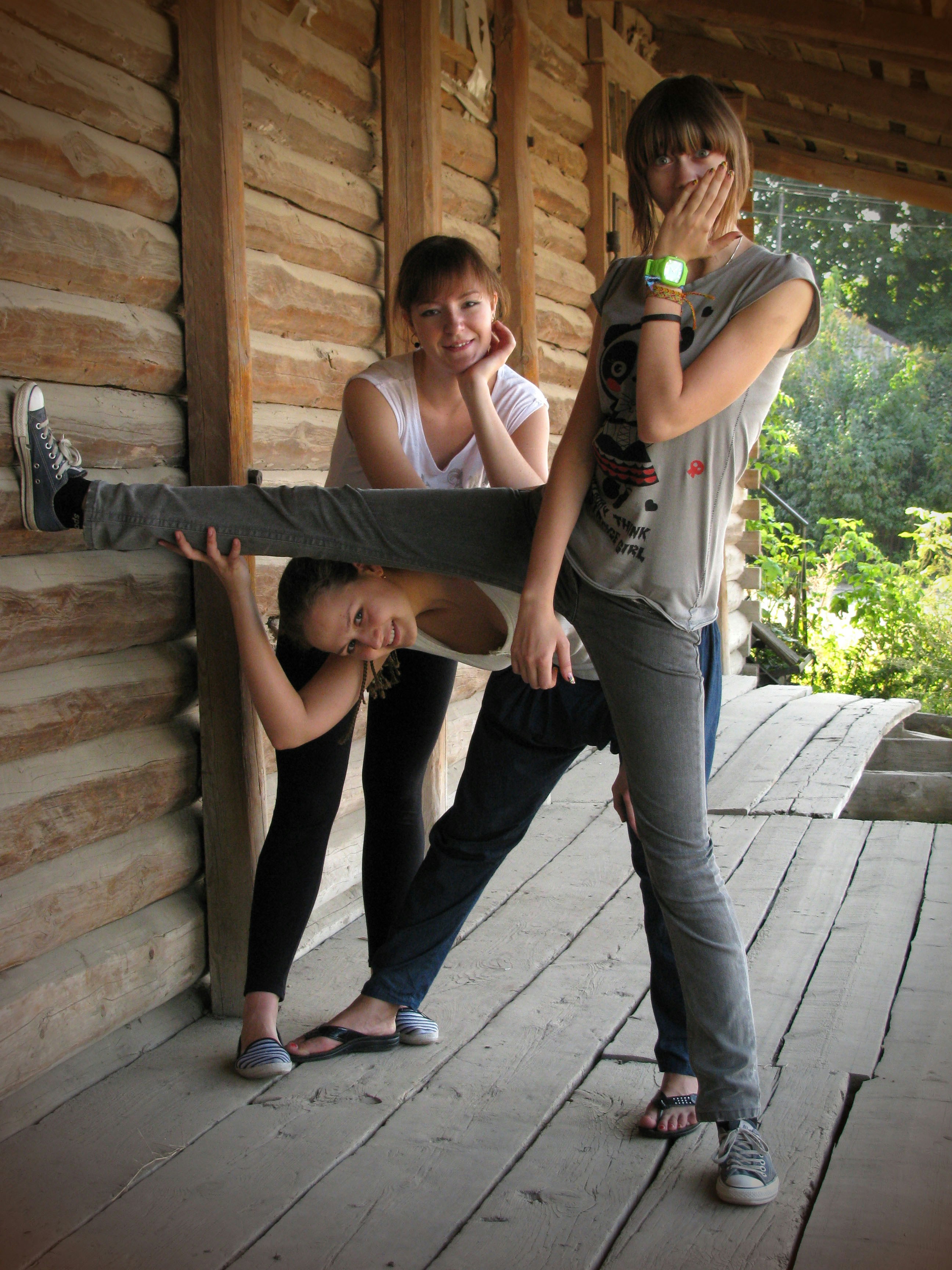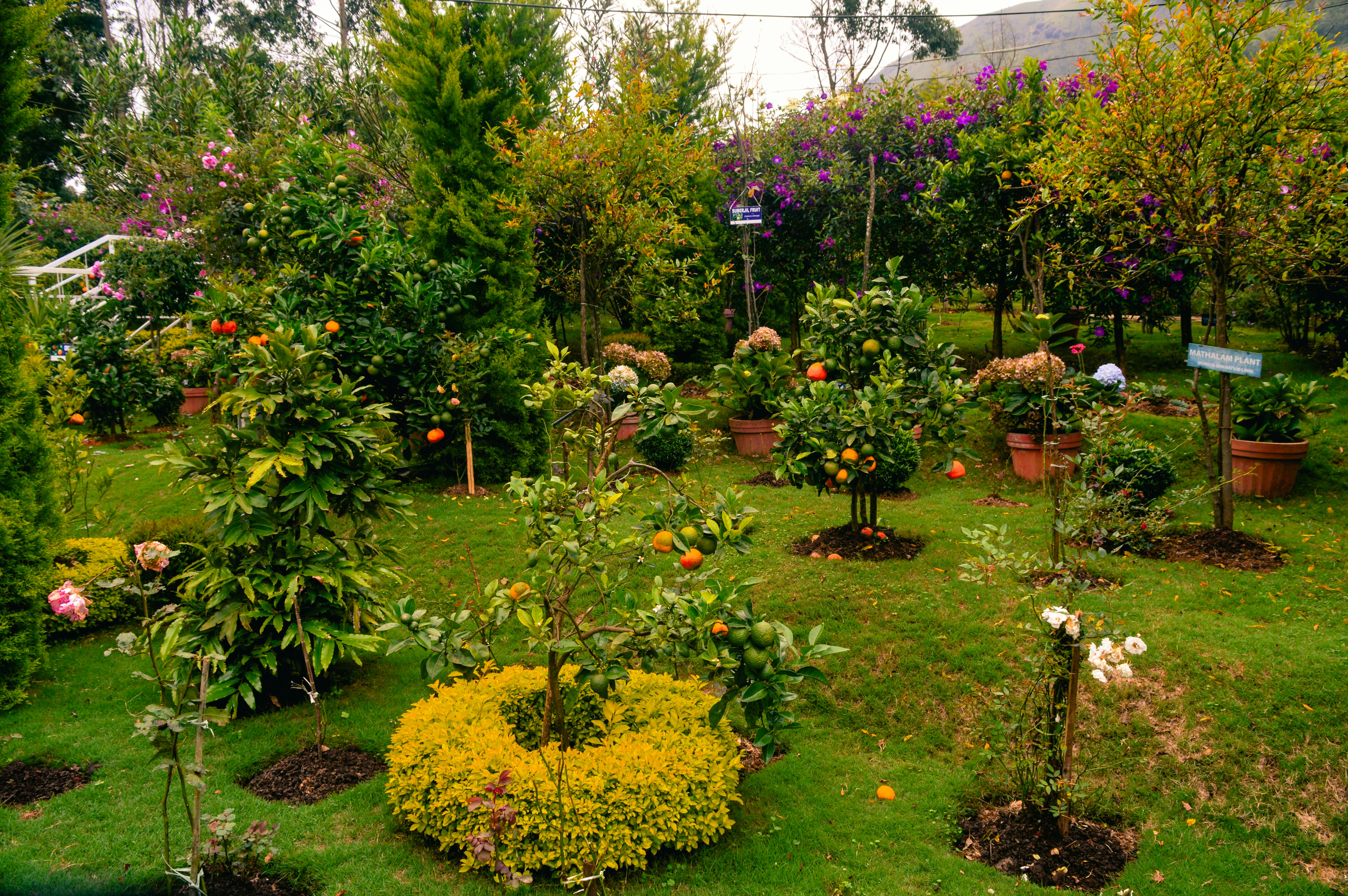Urban Foraging: Unearth Wild Foods for Health and Wellness
In a world where city living often overshadows nature, there's a hidden, vibrant ecosystem flourishing right under our noses—urban foraging. Imagine stepping outside your home, plucking fresh herbs, greens, and edible flowers from parks and vacant lots, and enriching your meals with these nutrient-dense wild foods. Urban foraging is not just about finding free food; it’s a path to reconnecting with nature, promoting sustainability, and enhancing your overall health and wellness. As we embark on this exploration, prepare to discover wild delicacies that can transform your diet and mental well-being, and inspire you to see your city in a completely new light.
What is Urban Foraging?
Urban foraging involves searching for and harvesting edible plants in city environments. From dandelions lining the sidewalks to wild mint lurking in community gardens, cityscapes boast a variety of nutritious wild edibles that can easily become part of your diet. This practice not only saves money but also encourages a more sustainable lifestyle by reducing reliance on store-bought produce, many of which are shipped long distances, losing nutrients along the way.
Benefits of Urban Foraging
Urban foraging presents an array of benefits—not just culinary ones. Embracing this practice fosters a deeper connection with your environment, allowing you to appreciate the city's natural resources. Additionally, foraging can become a therapeutic and mindfulness exercise. Engaging with the natural world has been linked to reduced stress and improved mental health, enhancing your daily life beyond mere nutrition.
Nutritional Advantages
Many wild foods are often more nutrient-rich than their cultivated cousins. For instance, wild greens like lambsquarters and purslane are packed with vitamins and healthy fats, respectively. Incorporating these wild foods into your diet can boost your intake of essential nutrients, supporting overall health. This shift to a more diverse food source also aligns with principles of a balanced diet, allowing your gut microbiome to flourish.
The Visual and Sensory Experience
As you venture into urban foraging, expect to engage not just your taste buds, but your sense of sight and smell as well. Imagine strolling through a park, the aroma of fresh mint and the vibrant hues of wildflowers enveloping you. This sensory experience promotes mindfulness, helping you stay grounded in the present moment. To further enhance your connection to nature, consider reading about techniques for embracing seasonal changes to find inner peace.
Getting Started: Urban Foraging Basics
To embark on your foraging journey, a few essential tips and resources can ensure safety and success.
Know Your Local Edibles

Research is vital before you begin foraging to avoid consuming harmful plants. Start by identifying common edible species found in urban settings. Resources like local foraging guides and apps can help you recognize these plants. Becoming familiar with seasonal changes will also enhance your knowledge of what's available throughout the year.
Essential Tools

While foraging requires minimal tools, a sturdy bag and a small knife or scissors can be handy. These tools ensure you can collect and transport your finds without causing damage to the plants or the environment.
Respect the Environment

Urban foraging isn't just about feeding yourself; it’s about respecting the ecosystem. Always forage sustainably, taking only what you need and ensuring you leave enough for plants to regrow. Follow local guidelines about foraging in public spaces, and avoid harvesting in areas that might be treated with pesticides or other chemicals.
Delicious Wild Edibles to Forage

Urban foraging introduces a plethora of wild edibles, each with its own unique flavor and health benefits. Here are a few types you may encounter during your adventures:
Wild Greens

Dandelion

Often considered a pesky weed, dandelions are one of the most nutritious wild edibles you can find. Both the leaves and flowers are edible, offering a bitter flavor that’s excellent in salads or cooked as greens. Rich in vitamins A, C, and K, they also boast numerous antioxidants beneficial for overall health.
Purslane

Purslane, a succulent with a slightly tangy flavor, is another treasure often found in urban environments. It’s rich in omega-3 fatty acids and vitamin C, making it a fantastic addition to salads and smoothies.
Edible Flowers

Flowering plants like clover and violets can also be found blooming in various spots. Not only do they add beauty to your dishes, but they also pack an impressive nutritional punch. Edible flowers can brighten up salads or desserts and bring delightful flavors to your culinary creations.
Herbs

Wild Mint

Wild mint is a familiar find in many parks and natural spaces. Its refreshing flavor makes it perfect for infusing in teas, garnishing dishes, or even making wild mint pesto. Plus, its digestive properties are a bonus!
Nettle

While nettles may sting when handled, cooking them removes this feature, rendering them a rich source of vitamins and minerals. Incorporate nettles into soups or teas for a nutritious boost.
Foraging Safety Tips

Engaging in urban foraging should always be approached with caution. Here are some safety tips to keep in mind:
Identification

Never consume any plant unless you are entirely sure of its identity. Use a reliable field guide or app to verify edible plants, and when in doubt, leave them alone. Engaging with local foraging communities can also be beneficial for learning from experienced foragers.
Hygiene

Wash any foraged goods thoroughly before consumption to remove dirt, insects, or any contaminants. It’s also advisable to try small amounts of a new food first to ensure you do not have an allergic reaction.
Incorporating Wild Foods into Your Diet

Once you’ve gathered your urban treasures, the next step is to enjoy the fruits of your labor. Here are some creative ways to incorporate these wild edibles into your meals:
Salads and Smoothies
Fresh wild greens and edible flowers are a fantastic addition to salads, adding vibrant colors and unique flavors. You can also blend them into smoothies for added nutrition.
Infusions
Herbs like wild mint and dandelion can be used to make herbal teas or infusions. Simply steep the fresh leaves in boiling water for a refreshing brew packed with health benefits.
Cooking
Use wild greens in your cooking just as you would with kale or spinach. Incorporate them into stir-fries, soups, or omelets for a healthy twist on traditional recipes.
Beyond Nutrition: Mental Wellness and Foraging
The act of foraging can be a rewarding experience beyond just the culinary benefits. This practice allows for moments of reflection, gratitude, and connection with the environment. As you venture out, you may find inspiration and a sense of calm, enhancing your mental wellness.
The Connection to Mindfulness
Foraging encourages mindfulness, urging you to pay attention to your surroundings, the textures, and scents of the plants you encounter. Mindfulness practices, such as those discussed in our article on micro-moments of mindfulness, can teach you to appreciate these experiences even more deeply.
Nature's Impact on Mental Health
Studies show that spending time in nature has profound effects on mental health, with benefits such as reduced anxiety and depression. Urban foraging combines these elements, creating a fulfilling experience that nourishes both body and mind. Explore more about this relationship in our piece discussing scent and memory.
Final Thoughts
Urban foraging is an exciting journey that transcends the simple act of gathering food; it’s a reconciliation with nature and a pathway to enhanced health and mental wellness. By embracing the wild foods available in our cities, we not only enrich our plates but also form a deeper connection to our environment. It’s a sustainable practice that promotes mindfulness, nurtures joy, and supports well-being.
So, the next time you walk through the park or down a city block, remember that nature’s bounty is all around you—waiting to be discovered, tasted, and cherished. As you explore the amazing potential of urban foraging, your palate—and your life—may never be the same.








